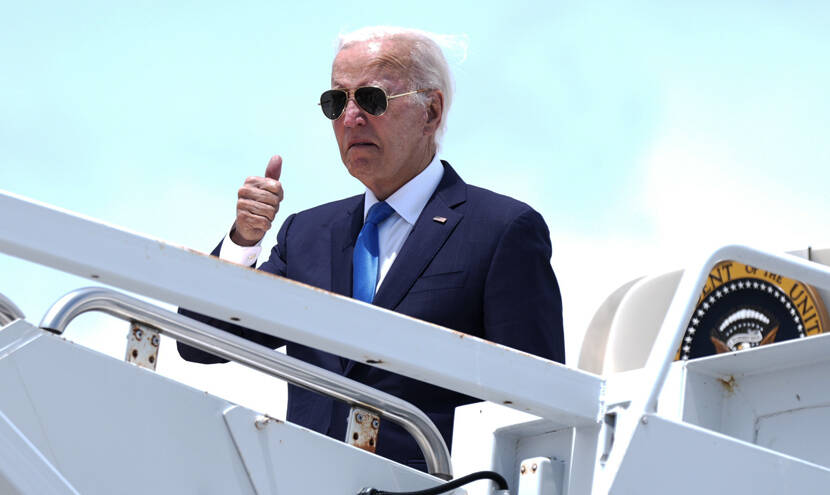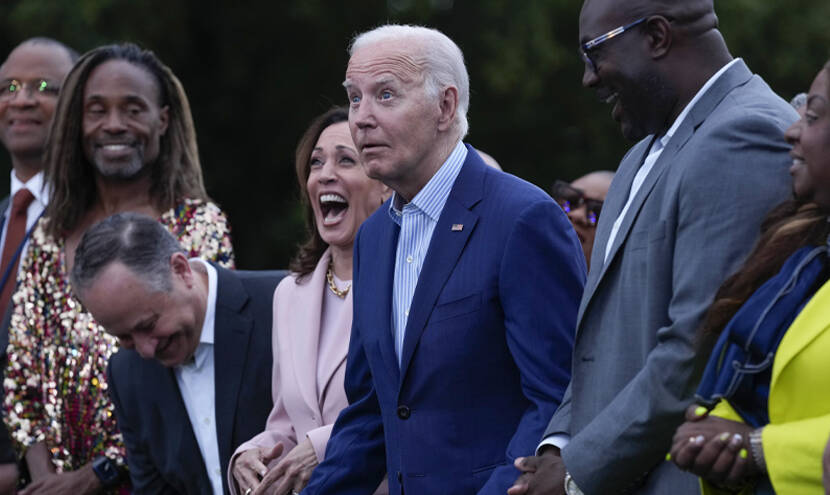
www.godupdates.com
Russell Brand Speaks on 3 Months Being Christian and the Struggle of Not Hearing God
Comedian and podcast host Russell Brand recently reflected on three months since converting to Christianity and the challenge of feeling like Jesus Christ is far away.
"I've been a Christian now for three months," he began in a TikTok video posted this week. "Sometimes I find it quite difficult; what I mean by that is that I feel like Christ is far away. I don't feel the intimate connection of Christ."
RELATED: Bear Grylls Recalls Helping with Russell Brand's Baptism and Says It Was a Privilege
That being said, Brand then read from the Bible, particularly 1 Corinthians 3: 1-3 (New Living Translation), where the apostle Paul scolds the church at Corinth for its division and immaturity.
"Dear brothers and sisters, when I was with you, I couldn't talk to you as I would to spiritual people. I had to talk as though you belonged to this world or as though you were infants in Christ. I had to feed you with milk, not with solid food, because you weren't ready for anything stronger. And you still aren't ready, for you are still controlled by your sinful nature. You are jealous of one another and quarrel with each other. Doesn't that prove you are controlled by your sinful nature? Aren't you living like people of the world?"
Russell Brand Leans On His Faith
Brand then said how he heard in church on Sunday about God's continued work even when one cannot feel His presence.
"Even when I can't feel God, God is working on me," Brand said. "God is working me into the shape He needs me to be in."
He then asked his viewers, "How do you cope when you feel that you're not close to Christ?"
"Surely there's more to this than just feeling okay," he added. "If you wanna feel okay, drink a bunch, or take a bunch of drugs, or eat a load of candy for temporality at least. That will offer you some sort of salve of at least distraction."
RELATED: Russell Brand Turns to Christianity & Seeks Christ Through Baptism in Order to ‘Leave Past Behind'
Brand has been open about his newfound conversion to Christianity, including being baptized at the River Thames earlier this year and taking his first communion.
In a recent interview with Neil Oliver posted to X, Brand says he is in the "business of serving Jesus Christ."
"In surrendering to Christ, there is something extraordinary about saying there is this man, another man, entirely God, entirely man. But through some necessary, extraordinary, metaphysical act just beyond the edge of rational understanding, the Creator of this simulation came into the simulation and told us, ‘Hello, I am God. I've come here. Here are some virtues and values,'" Brand said.
WATCH: Russell Brand Reads Scripture And Asks About Not Hearing God
@russellbrand I've been a Christian for 3 months, and this is what I'm feeling... #christianity ♬ original sound – Russell Brand
As reported by The Christian Post, Brand shared a message once stated by author C.S. Lewis.
"C.S. Lewis talks about the ‘stoics era'... to imagine that one might be able to do always what one can do sometimes. You know, there are times where it's like ... ‘I am not in the business of Russell Brand anymore,'" Brand said.
YOU MAY ALSO LIKE: Rocker Alice Cooper's Testimony is Shared As He Talks About His Return to Christ
"I am in the business of service. Serve Jesus Christ. And it's such a powerful idea that I'm held alive by it. But surely, this parasite nature grips me again, and I return to egotism. I return to wanting and longing and fear. And all of those limiting things."
Milton Quintanilla is a freelance writer and content creator. He is a contributing writer for CrosswalkHeadlines and the host of the For Your Soul Podcast, a podcast devoted to sound doctrine and biblical truth. He holds a Masters of Divinity from Alliance Theological Seminary.
WATCH: New Movie Brings Faith Back To The Forefront For Cuba Gooding, Jr.
Cuba Gooding Jr. ‘Even In The Darkest Moments, I’m Still Doing His Will’ from CCM Magazine on GodTube.
LISTEN: Robert Irwin Gets Emotional As He Discusses His Father's Impact | Boy Comforts Mom As She Sees Him After Accident
Credit: Crosswalk Headlines
Featured Image Credit: ©TikTok/RussellBrand
The post Russell Brand Speaks on 3 Months Being Christian and the Struggle of Not Hearing God appeared first on GodUpdates.













